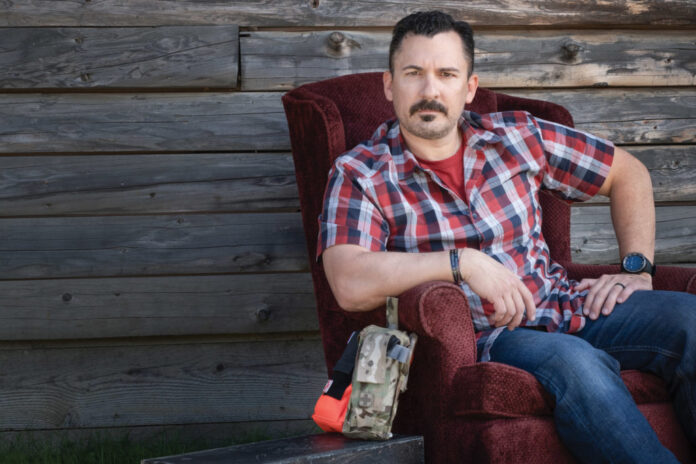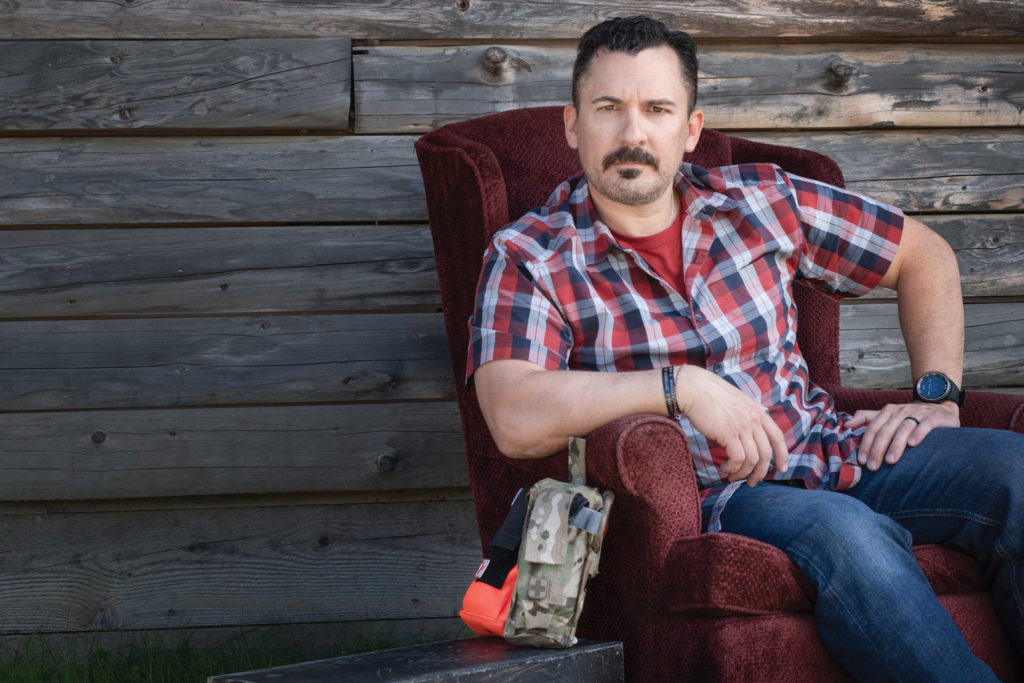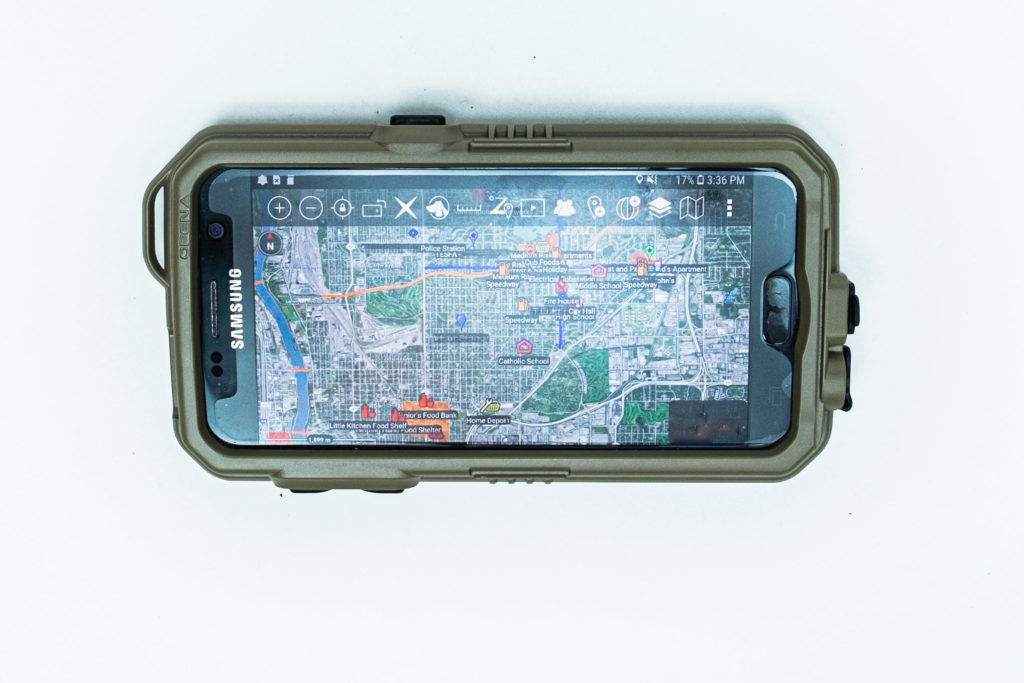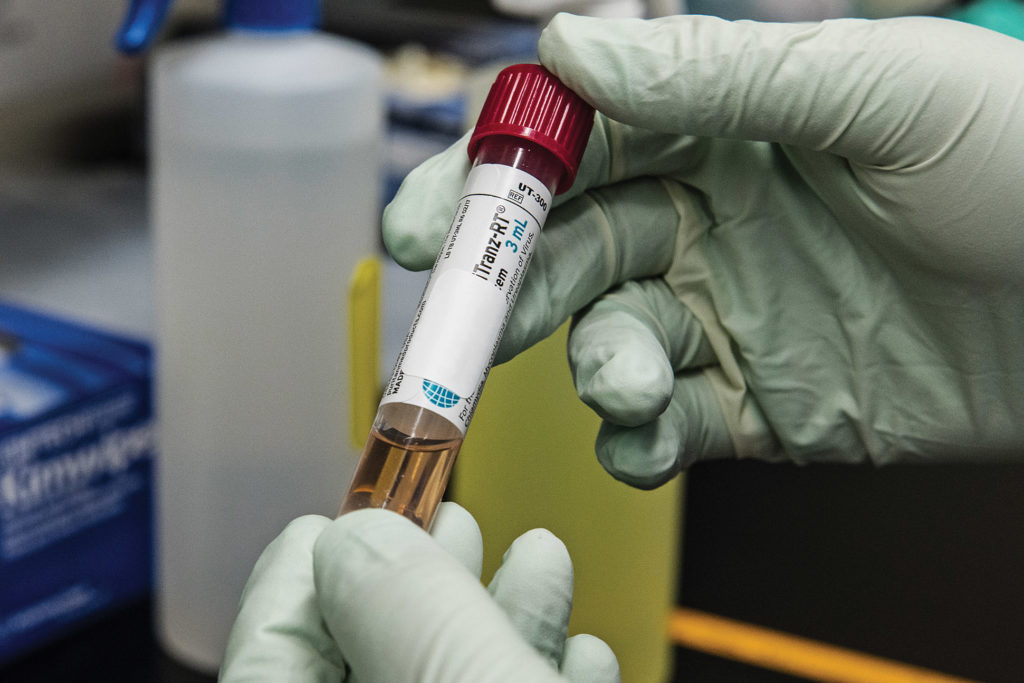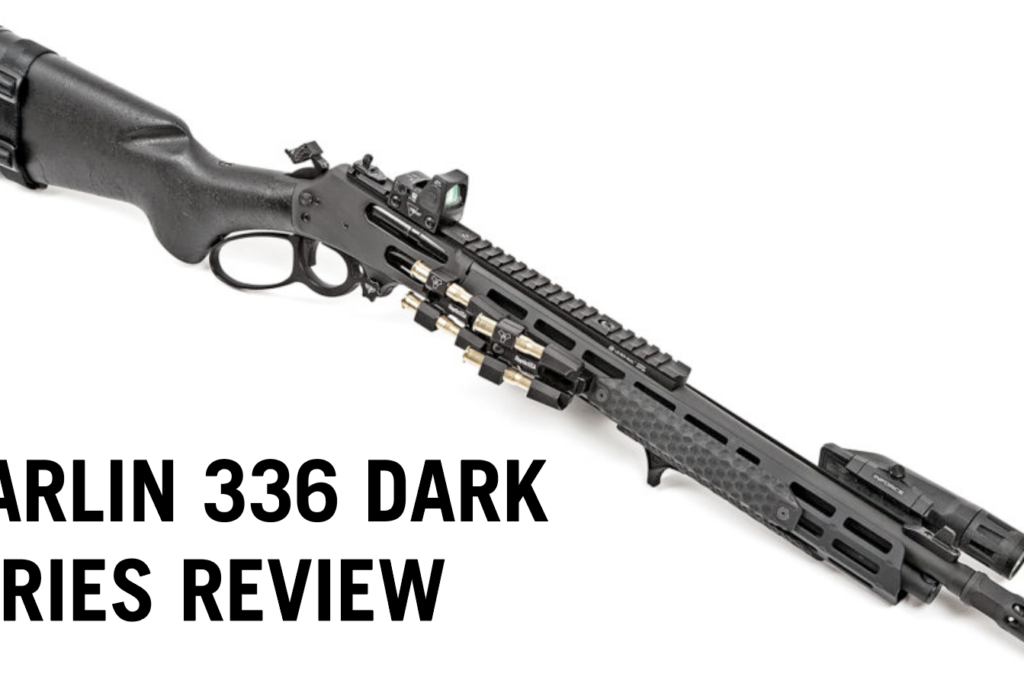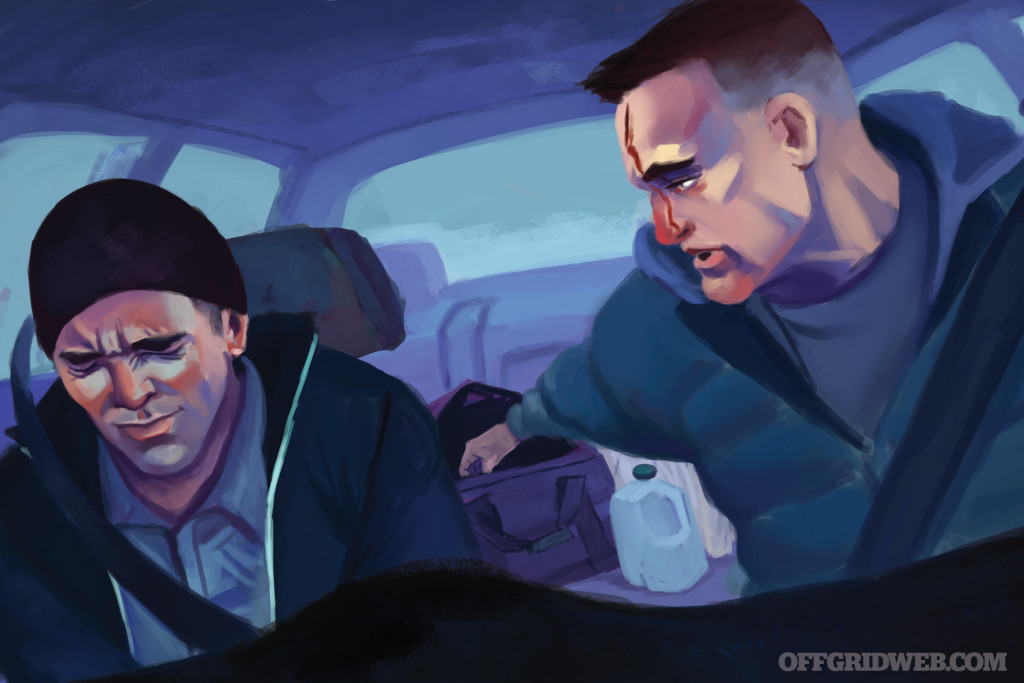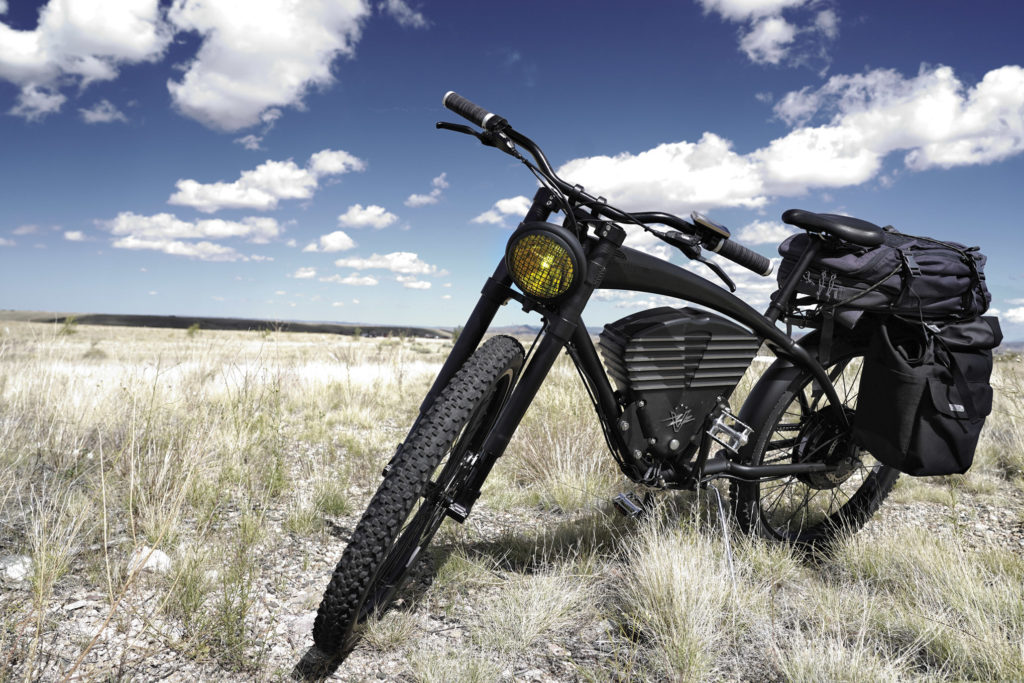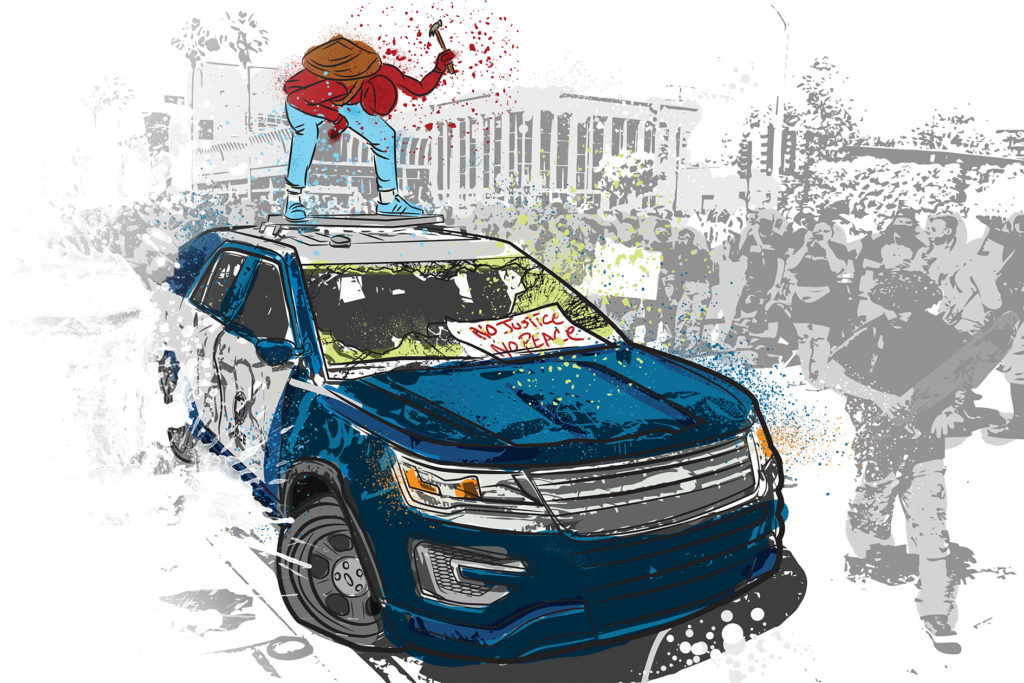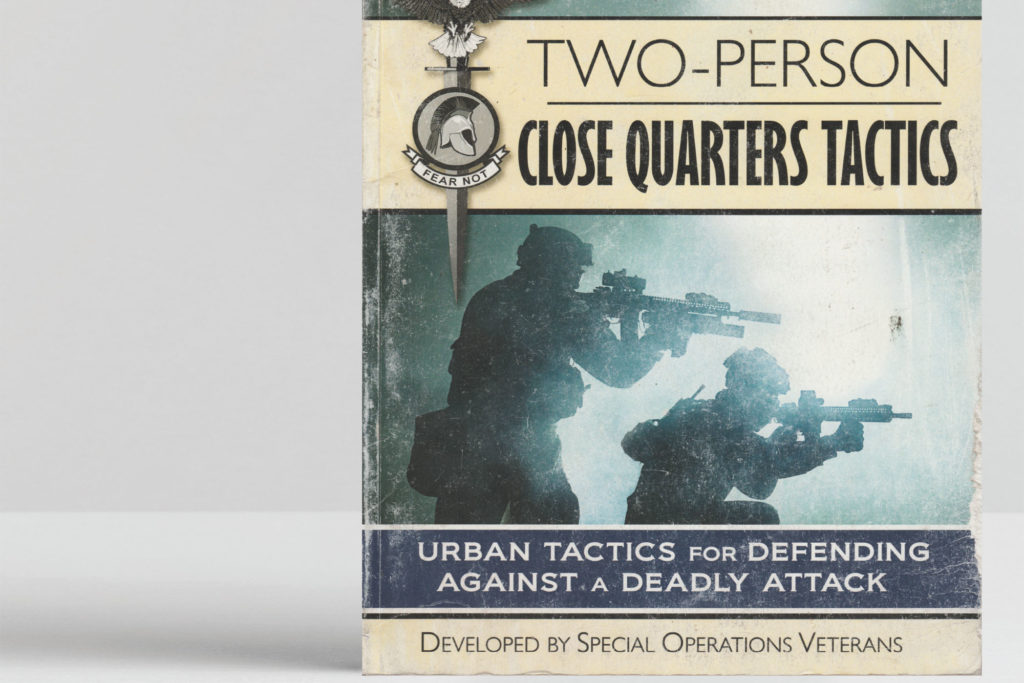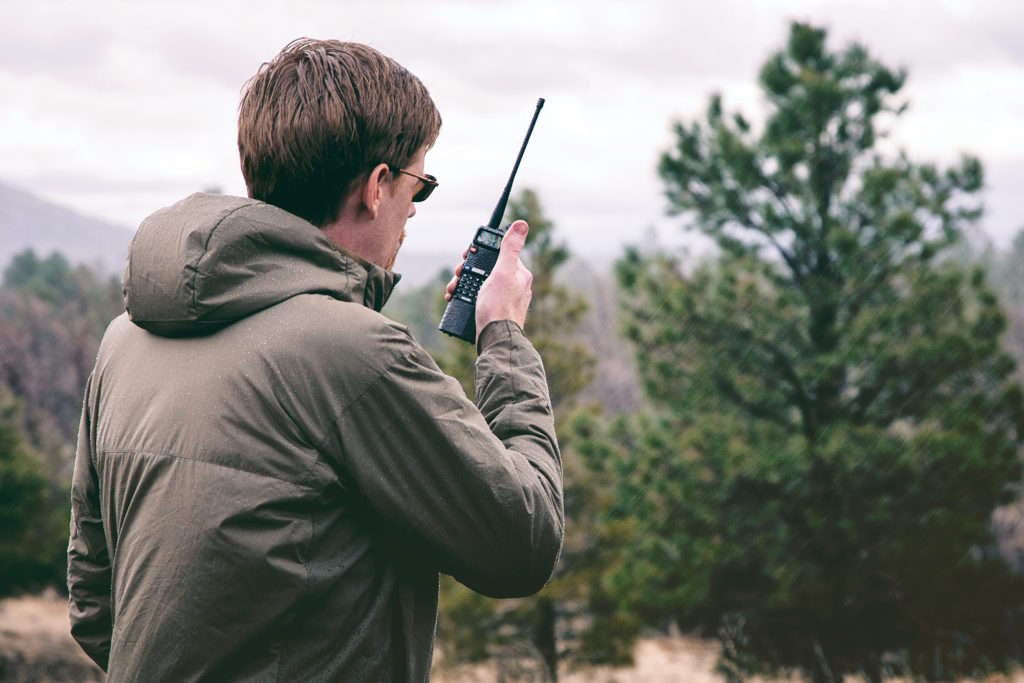What do horror movies, home invasions, alien abductions, and special operations missions all have in common?
They usually take place at night.
Evolutionarily speaking, humans are not nocturnal creatures. But our ability to produce tools has allowed us to create artificial, if not perfect, adaptations to our environment. In the case of darkness, our first adaptation was fire. We could create light where there was no light, making our environment more usable, even after the sun went down. This technological use of fire was surpassed by that of electricity. From street lamps to flashlights to headlights on cars, “electric torches” became the safer, more efficient version of the gas lantern or burning stick. But about 75 years ago, the way human beings interact with the night took another turn. Instead of projecting light into the dark, we figured out how to extract light from the dark, by amplifying barely perceptible traces of ambient light and converting infrared light into visible photons. Thus was born image intensification technology, or I2, colloquially known as night vision.
For decades, night vision devices like goggles or scopes were the sole domain of elite military and law enforcement units. But in the last 20 years or so, the proliferation of this technology to the open market has been significant. Even then, the most common use of night vision by civilians was nocturnal hunting — for example, feral-hog control in west Texas. But last year we saw something intriguing. Photos and videos appeared from several cities plagued by civil unrest, featuring ordinary people wearing helmets and night vision goggles, standing outside their homes and businesses while parts of the city burned around them.
Interest in night vision and associated accessories, specifically for home defense or personal protection use, has grown significantly in the last several years. We believe that the unrest-slash-protest-slash-riot events of 2020 only made that interest more valid. While the technology isn’t new, the finer points of it are largely unknown to the average person, and we wanted to fix that. So, we’ve conglomerated knowledge from some of the premier night vision training specialists in the country. Ranger Battalion and Special Forces alum Don Edwards gives us a down-and-dirty Night Vision 101 Q&A session for those who don’t know what they don’t know about night vision. Sam Houston of Silent Solutions then takes a deeper dive into the technical specifications of night vision tubes, including how to understand the details and make an informed night vision purchase. Former Cavalry Scout and SWAT Officer Bill Blowers explains how to set up a helmet to function harmoniously with that night vision device. Another Ranger Battalion graduate, Jon Dufresne, reviews how to accessorize a carbine to function best as the force-projection arm of your helmet-goggles-gun night vision system.
In addition to traditional night vision, Patrick Diedrich goes in-depth with the Sionyx Aurora Pro, a full-color digital optic that functions as a camera and a rifle scope in day or night conditions. And since white light is still a perfectly valid solution to darkness-related problems, I spent some time with the aforementioned Edwards and Dufresne studying up on white-light search techniques and room-clearing tactics.
Whatever your preferred method for overcoming the sun’s absence, preparedness isn’t a fair-weather pursuit. Bad things do happen in the dark — more often than in broad daylight, in many cases. So, we urge you to read this issue thoroughly, maybe even repeatedly, and use it as the foundation to build or reinforce your nighttime game plan for the bad day we hope you never have.
Related Posts
The post Night Fever appeared first on RECOIL OFFGRID.


